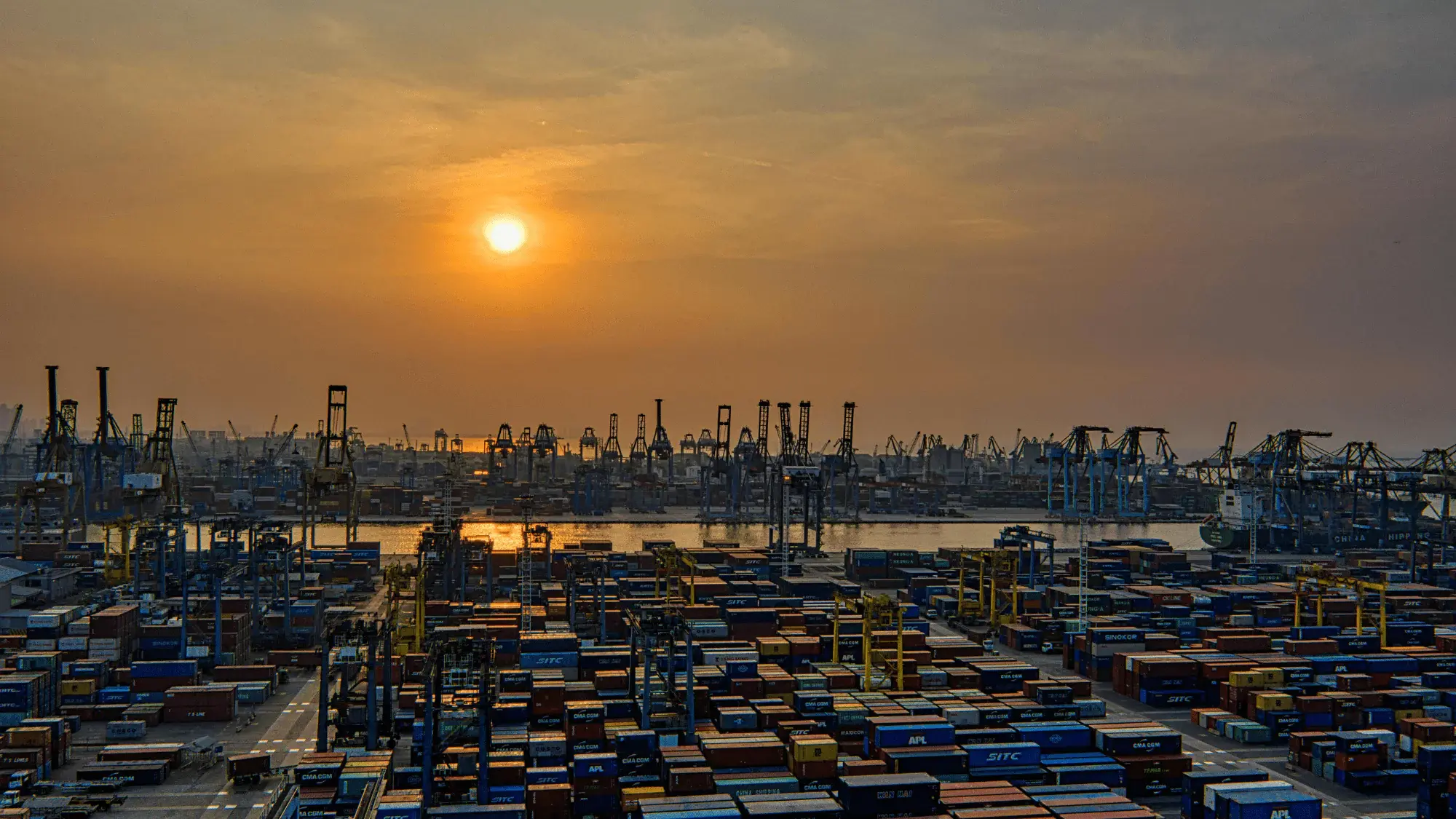
In the whirlwind of supply chain complexities, are you confident your freight operations are running at peak performance? Digitization promises a smoother ride, but where do you even begin? Many logistics professionals jump into new tech without truly understanding their existing challenges.
This checklist will help you pinpoint your logistics needs and pave the way for smarter, more efficient freight management.
The world of logistics is a constant flow, a complex network of moving parts that must operate in harmony to keep goods moving efficiently. Yet, for many businesses, freight management still involves a significant amount of manual effort, disparate systems, and a reliance on time-consuming processes. In an era where real-time information and seamless connectivity are paramount, this traditional approach can create bottlenecks, limit visibility, and ultimately impact the bottom line.
The increasing complexities of global supply chains, coupled with rising customer expectations for speed and transparency, are making it clear that digitizing freight management is no longer a futuristic concept–it's a present-day necessity for staying competitive and resilient.
To effectively navigate this shift to digital logistics, the first critical step is to thoroughly assess your logistics needs and understand where technology can provide the most impactful solutions.
Key Areas to Assess: Your Freight Management Needs Checklist
Before we even think about the features of digital freight management, it's crucial to get a clear understanding of your current operations. Think of it like taking inventory before a big sale–you need to know what you have to understand what you need. So, let's walk through some key areas to assess:
Operational Efficiency
When we talk about your current freight management, let's focus on the specifics of your day-to-day. Ask yourself:
-
What is the total time your team spends on routine tasks like booking shipments and managing paperwork? This is a significant operational cost. Could you store freight docs in the cloud?
-
Are there specific points in your current process where delays or complications frequently occur? These are areas of potential inefficiency.
-
How effectively is your team's time and energy being used? Could some of those manual tasks be automated to allow focus on more strategic work?
-
What is the average time required for essential processes, like obtaining a quote or resolving a shipping issue? This indicates areas for potential improvement.
If your team spends a significant portion of their week manually comparing carrier quotes, a digital logistics solution could streamline this process, freeing up valuable time for higher-level tasks. Understanding these current inefficiencies is a fundamental step in preparing for digital freight that delivers measurable benefits.
Visibility and Tracking Capabilities
In today's interconnected world, knowing the location of your goods is essential. Let's evaluate your current visibility:
-
How easy is it to get a clear, real-time view of the location and status of all your shipments, regardless of the carrier or mode? Is this a straightforward process, or does it require significant effort?
-
Do you receive automatic notifications if there is a potential delay or disruption? Timely information allows for proactive management.
-
How easy is it to access historical shipment data for analysis and reporting? This information is valuable for identifying trends and optimizing future shipments.
-
How well do your current tracking systems integrate with your other essential supply chain tools? Integrated data flow provides a comprehensive view of your operations.
Just like understanding your total landed cost provides a clearer financial picture, having comprehensive visibility into and seamless tracking of your shipments provides a more accurate understanding of your operational flow and potential challenges.
Communication and Collaboration
Think about all the different players involved in getting your freight from point A to point B. How smoothly does information flow between them? Ask yourself:
-
How effective is your current communication with carriers, brokers, and other partners? Is information shared quickly and accurately? Would it be helpful to have instant freight rates?
-
Are there challenges in coordinating pickups, deliveries, and the exchange of important documents? These friction points can lead to delays and errors.
-
How do you handle communication when unexpected issues arise, like a delayed shipment or a change in plans? Is the process efficient and transparent for everyone involved?
Clear communication within your own team is crucial, but so is efficient communication with external partners for a smooth-running supply chain. If your team is spending a lot of time playing phone tag or sifting through endless emails for updates, a digital platform with integrated communication tools can significantly improve efficiency and reduce misunderstandings.
Cost Management and Analysis
When we talk about freight costs, it's easy to focus on the initial shipping rate. But to really understand the financial impact of your freight operations, you need to dig deeper. Ask yourself:
-
How do you currently track and analyze your overall freight spending? Is it a straightforward process, or does it involve a lot of manual data entry and spreadsheets?
-
Is it easy to identify areas where you might be able to save money, like optimizing routes or consolidating shipments?
-
Do you have a clear view of all the different fees and surcharges that make up your total freight costs? Transparency is key to effective cost management.
-
Can you easily compare the costs and service levels of different carriers to make informed decisions that balance price and performance?
Just like a detailed budget helps you manage your personal finances, a clear understanding of your freight costs allows you to identify inefficiencies and make strategic decisions to optimize your spending. Digital tools with robust reporting and analytics capabilities can provide this crucial visibility.
Scalability and Growth
Your business isn't static, so your freight management shouldn't be either. Think about the future:
-
Can your current freight management processes easily handle an increase in shipping volume or expansion into new markets? Flexibility is essential for growth.
-
Are your current systems adaptable enough to integrate with new technologies and innovations in the logistics space down the line? Future-proofing your operations is a smart move.
-
Does your current approach to freight management support your long-term business goals, or could it become a limiting factor as you grow?
Planning for future investments is important for long-term financial health. Equally so is ensuring your freight management can scale with your business for sustained success. Evaluating your current processes with an eye toward future growth will help you identify whether your existing infrastructure can support your ambitions or if digital solutions are necessary to pave the way forward.
Taking the Next Step: Evaluating Your Readiness Score
Now that you've thoughtfully considered these key areas, take a moment to review your responses. A pattern will likely emerge, offering valuable insight into your organization's digital freight readiness.
-
If your answers leaned heavily towards identifying inefficiencies, limited visibility, and manual processes, it suggests a significant need for digital solutions to modernize your freight management.
-
A "mixed" response indicates areas where technology could provide considerable improvements and streamline existing workflows.
-
Conversely, a predominantly positive assessment suggests a strong foundation upon which to build and further optimize your freight operations with more advanced digital tools.
Regardless of your current standing, this self-evaluation is the crucial first step in formulating a targeted strategy for a more efficient, transparent, and ultimately more effective approach to managing your freight.
If you see opportunities for improvement in efficiency, visibility, or anywhere else on the list, you're on the right track! At Customodal, we understand that every business has unique needs. Our digital solutions are built to tackle those specific challenges head-on, giving you more control and better results.
Ready to explore how Customodal can help you move beyond those limitations and build a more efficient, transparent freight management operation?





